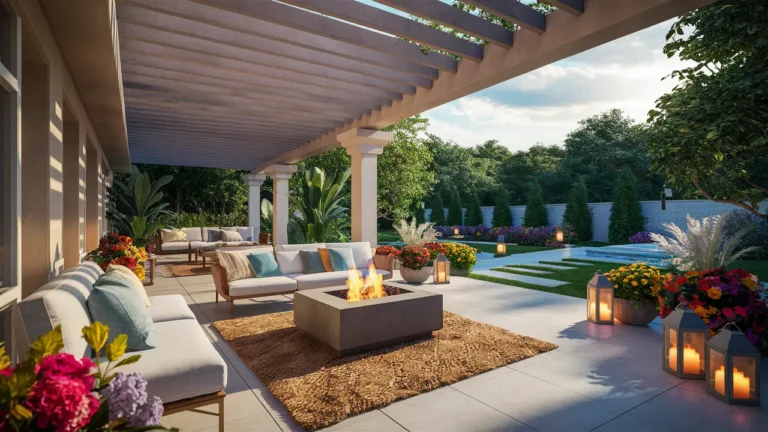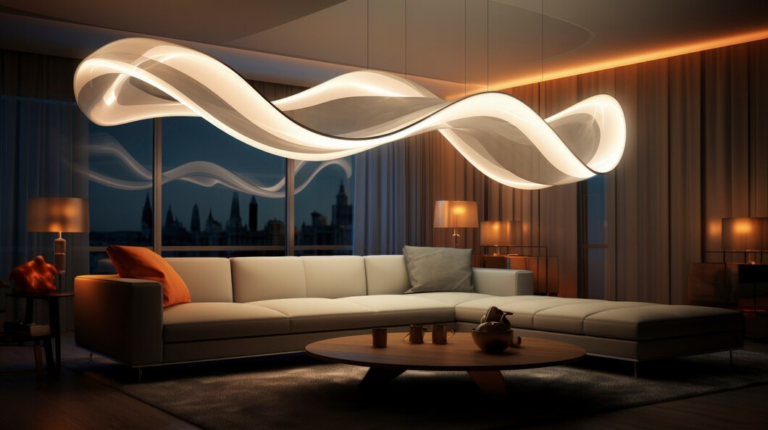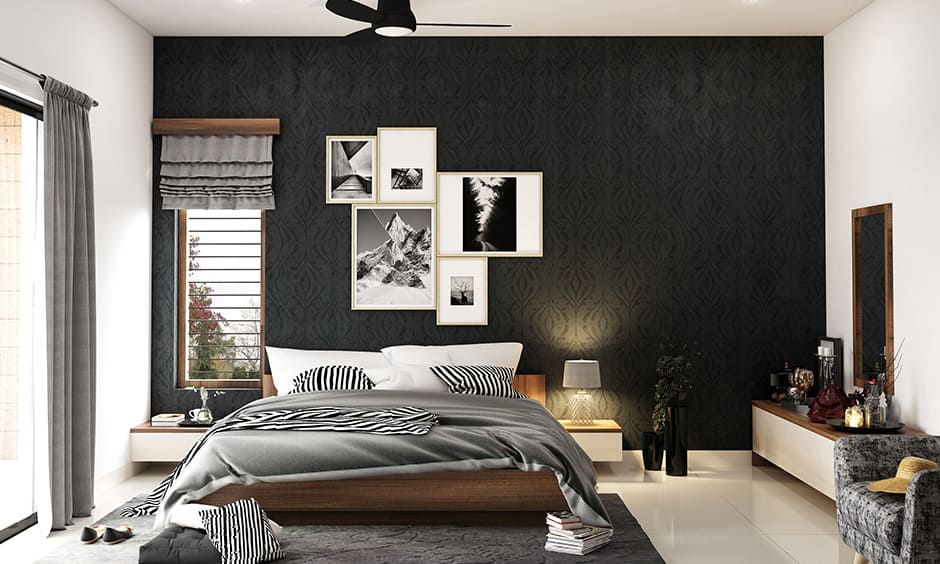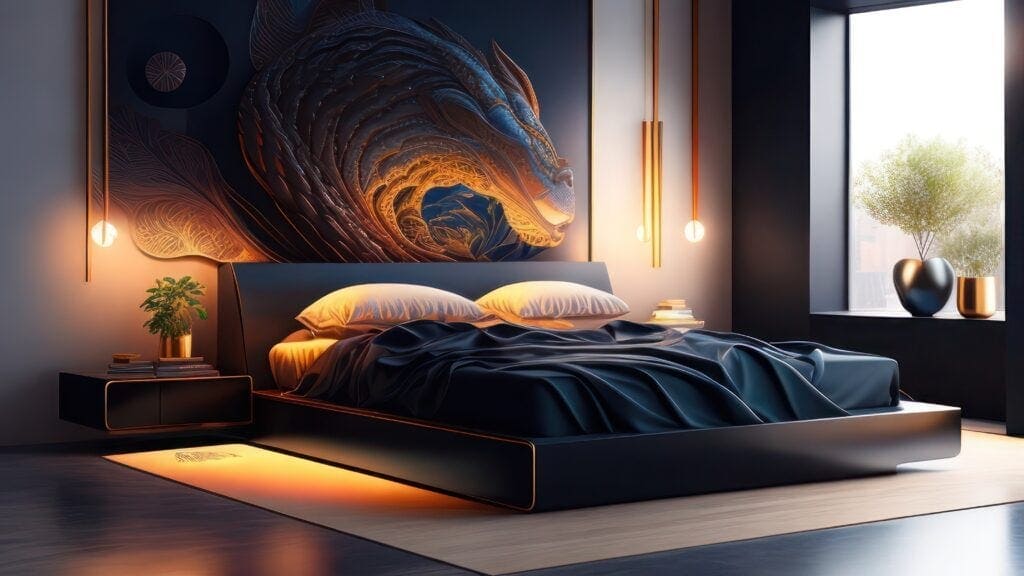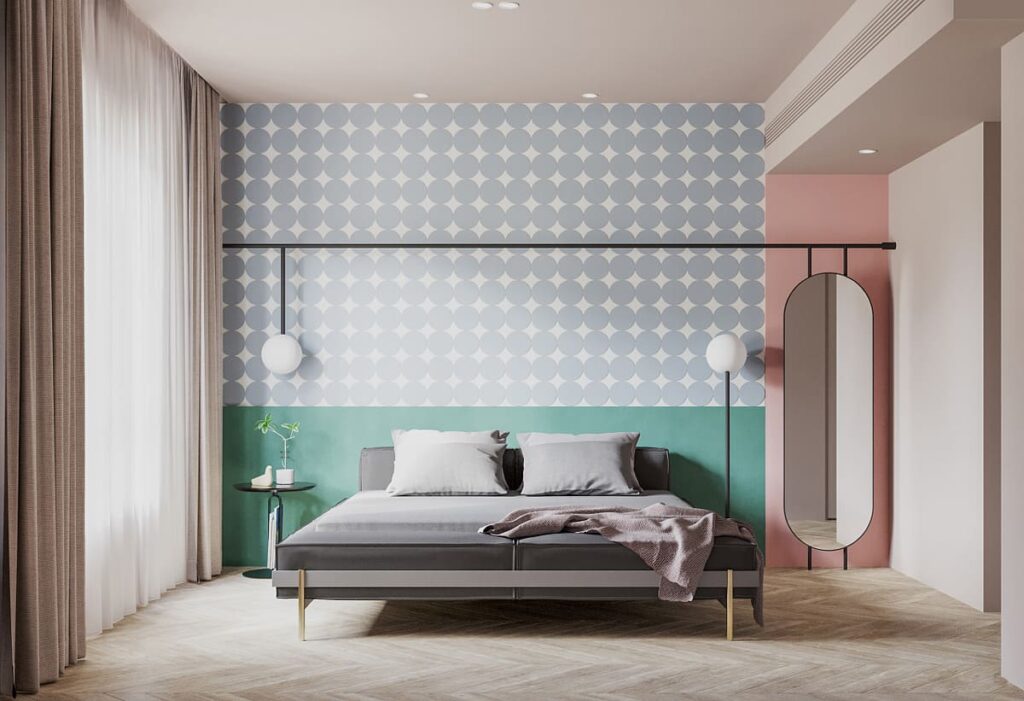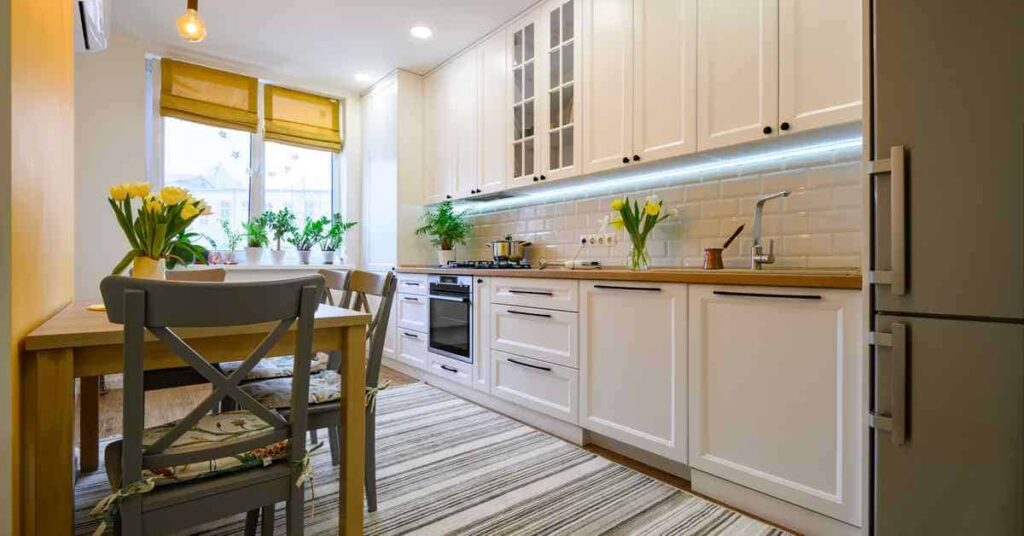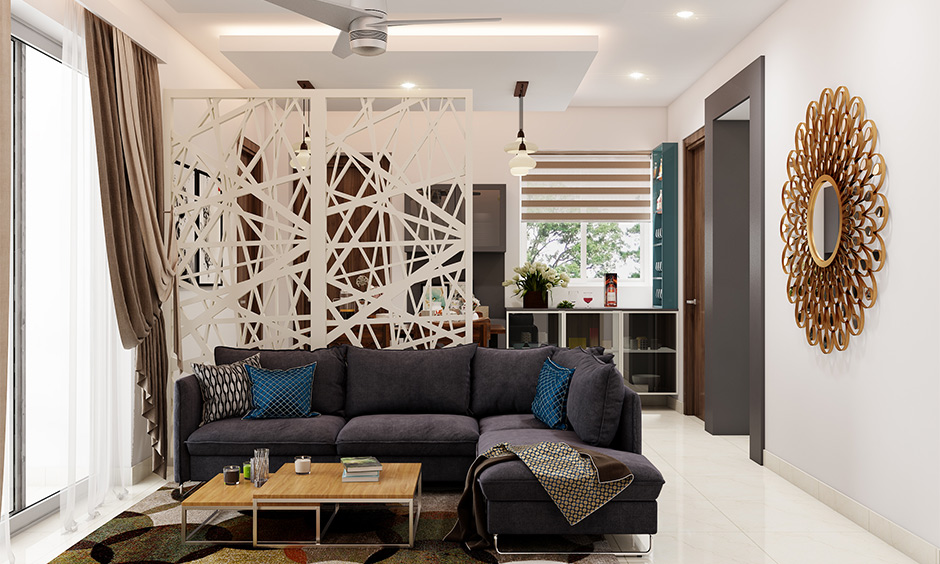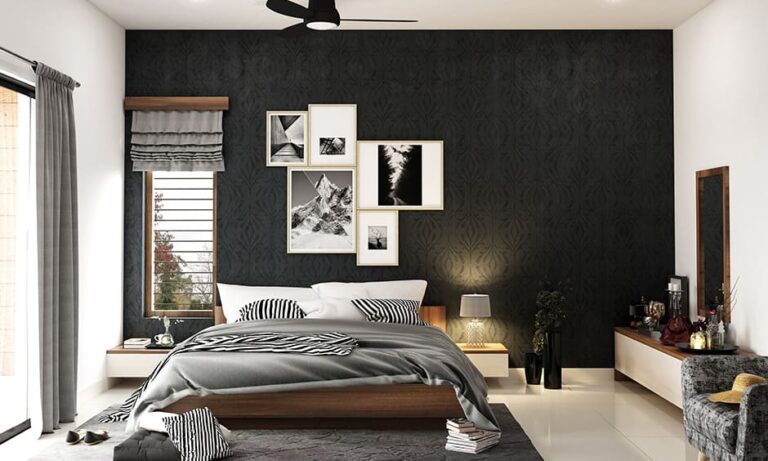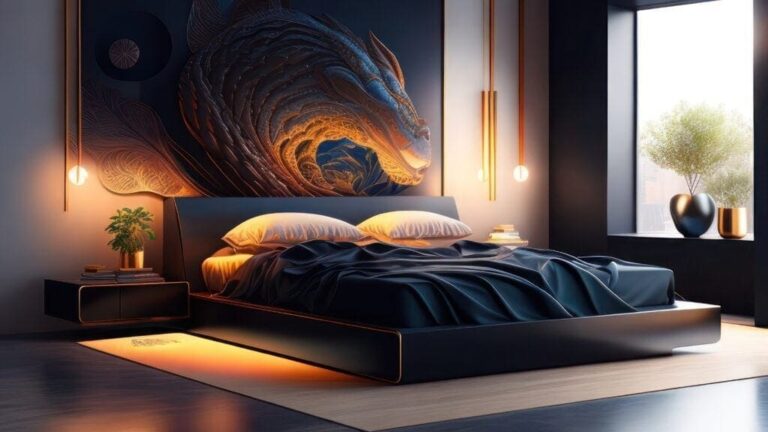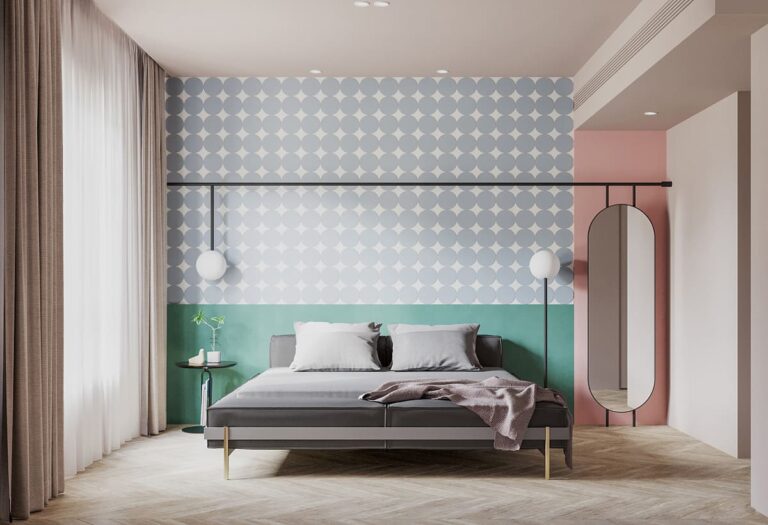Designing a functional lobby bathroom is crucial for creating a positive impression and ensuring convenience for visitors. Whether for a commercial building, hotel, or public facility, a well-designed lobby bathroom serves as a reflection of the establishment’s standards and values. Here’s a comprehensive guide to help you design a lobby bathroom that is both practical and aesthetically pleasing.
1. Understand the Purpose and Traffic
Before diving into design specifics, assess the expected traffic and the primary users of the lobby bathroom. High-traffic areas, such as in large hotels or office buildings, will require a bathroom with robust fixtures and efficient maintenance solutions. For these spaces, consider the following:
- Volume of Users: Design for peak usage times to ensure the bathroom can handle high traffic without long wait times.
- User Demographics: Consider the needs of diverse users, including accessibility requirements for people with disabilities.
2. Layout and Space Optimization
A functional lobby bathroom must balance efficiency with comfort. An optimal layout enhances user experience while maximizing the use of available space. Key considerations include:
- Flow and Accessibility: Ensure there’s a clear, unobstructed path from the lobby to the bathroom. Wide corridors and accessible doorways contribute to ease of movement.
- Zoning: Separate high-use areas (e.g., sinks, hand dryers) from lower-use ones (e.g., toilets) to prevent congestion and streamline traffic flow.
- Privacy: Maintain privacy with well-placed stalls and adequate spacing. Avoid designs that make users feel exposed or cramped.
3. Fixtures and Equipment

Choosing the right fixtures is essential for durability and ease of maintenance. Here’s what to consider:
- Toilets and Urinals: Opt for fixtures that are durable and water-efficient. For high-traffic areas, consider wall-mounted options to simplify cleaning and maintenance.
- Sinks: Select sinks that are easy to clean and can accommodate multiple users. Pedestal or wall-mounted sinks can save space and reduce clutter.
- Hand Dryers: Choose high-efficiency, touchless hand dryers to minimize paper waste and improve hygiene. Make sure they are strategically placed for easy access.
4. Accessibility and Compliance
Ensure that the bathroom meets all relevant accessibility standards and codes. Compliance with regulations not only avoids legal issues but also demonstrates a commitment to inclusivity:
- ADA Compliance: For facilities in the United States, ensure the bathroom meets the Americans with Disabilities Act (ADA) standards. This includes accessible stalls, grab bars, and sinks.
- Signage: Use clear, universally recognizable signage to guide users to and within the bathroom.
5. Aesthetic and Ambience
While functionality is paramount, the bathroom’s appearance should reflect the overall design of the lobby. Aim for a balance between style and practicality:
- Materials: Use high-quality, durable materials that are easy to clean and maintain. Tiles, for instance, should be chosen for their resilience and ease of upkeep.
- Lighting: Incorporate adequate lighting that is both functional and flattering. Consider using energy-efficient LED lighting and installing fixtures that minimize shadows and enhance visibility.
- Color Scheme: Choose colors that complement the lobby’s design while creating a soothing environment. Neutral tones often work well for creating a clean, professional look.
6. Maintenance and Hygiene
A bathroom’s upkeep is essential for maintaining its functionality and appearance. Consider the following for ease of maintenance:
- Durable Surfaces: Select surfaces and materials that can withstand heavy use and are resistant to staining and damage.
- Cleaning Access: Ensure that cleaning staff can access all areas easily. Fixtures should be positioned to facilitate efficient cleaning routines.
- Waste Management: Provide ample and accessible waste receptacles and ensure that they are easy to clean and replace.
7. Safety and Security
Lastly, consider safety and security features to enhance user comfort and protect the facility:
- Anti-Slip Flooring: Install non-slip flooring to prevent accidents, especially in high-moisture areas.
- Emergency Features: Include emergency alarms or call buttons in case of accidents or health issues.
- Surveillance: Install discreet security cameras (if applicable) to ensure safety without compromising privacy.
Conclusion
Designing a functional lobby bathroom involves a thoughtful blend of practical considerations and aesthetic choices. By focusing on user needs, efficient layout, durable fixtures, accessibility, and maintenance, you can create a bathroom that enhances the overall experience of your establishment. Balancing these elements will not only improve functionality but also reflect positively on your facility’s standards and commitment to quality.



